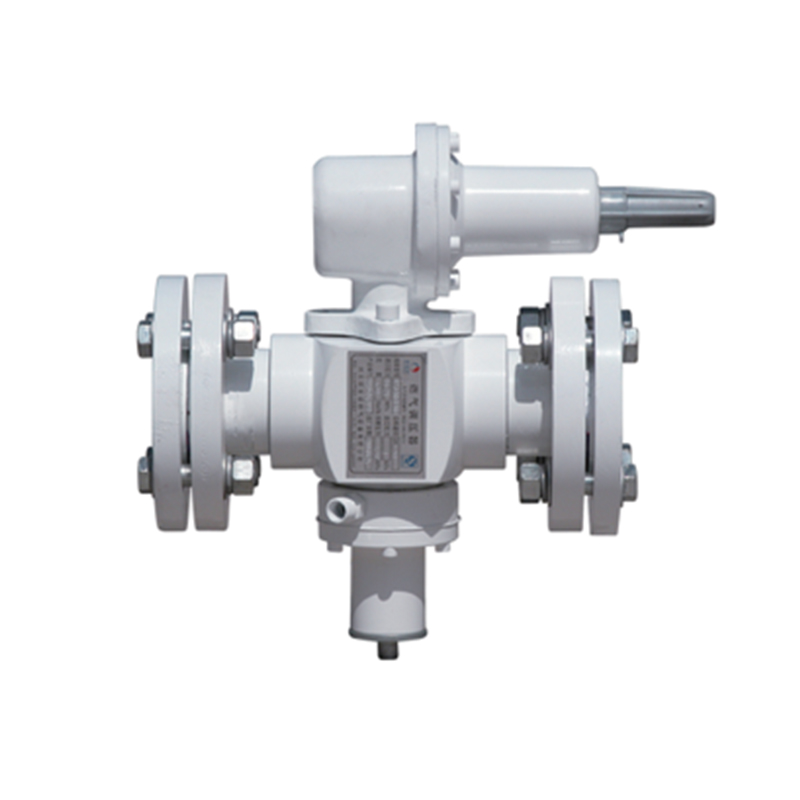
Nov . 19, 2024 09:57
Back to list
صمام أمان الغاز الطبيعي
The Importance of Natural Gas Safety Valves
Natural gas is an essential source of energy used in millions of homes and industries around the world. It powers our stoves, heats our homes, and fuels our vehicles. However, like any energy source, it comes with inherent risks. To ensure the safe utilization of natural gas, safety devices such as gas safety valves play a critical role. This article will explore the importance of natural gas safety valves, how they function, and the significance of regular maintenance.
What are Natural Gas Safety Valves?
Natural gas safety valves are mechanical devices installed in gas pipelines and appliances to prevent excessive pressure buildup and the subsequent risk of catastrophic failure. They are designed to automatically release gas when the pressure exceeds a predefined limit, thereby safeguarding the entire system from damage and potential hazards such as explosions or fires.
These valves come in various types, including but not limited to safety relief valves, excess flow valves, and shut-off valves. Each type serves a unique function tailored to protect different components of the gas system.
How Do Safety Valves Function?
.
For instance, a safety relief valve opens automatically at a specified pressure level, allowing excess gas to escape. This operation can be manual or automatic, depending on the system design. Some advanced systems integrate sensors that monitor real-time pressure levels and activate the valve as needed.
صمام أمان الغاز الطبيعي

Risks of Ignoring Safety Valves
Neglecting the maintenance of safety valves can lead to severe consequences. A malfunctioning valve can result in excessive pressure buildup, which can compromise the integrity of pipelines and appliances. In extreme cases, this can lead to explosions, fires, and even loss of life. Furthermore, the economic impact of accidents involving natural gas can be substantial, encompassing repair costs, legal liabilities, and loss of property.
Regular inspection and maintenance of gas safety valves are vital for ensuring their reliability. This includes checking for signs of wear and tear, ensuring they open and close correctly, and confirming that all safety features are functioning as intended. Industry regulations typically mandate routine inspections to maintain safety and compliance standards.
The Role of Technology in Enhancing Safety
With advancements in technology, natural gas safety systems are becoming increasingly sophisticated. Modern safety valves now come equipped with smart technology that allows for real-time monitoring and automated diagnostics. These innovations enable system operators to quickly identify potential issues before they escalate into dangerous situations.
The integration of IoT (Internet of Things) technology into gas safety systems allows for remote monitoring and control. Operators can receive alerts on their mobile devices if a safety valve activates, prompting immediate investigation and response. This level of oversight enhances safety and minimizes the risks associated with natural gas use.
Conclusion
Natural gas safety valves are critical components in ensuring the safe use of natural gas in residential and commercial settings. By effectively regulating pressure, they protect against potential hazards that could lead to catastrophic failures. The importance of regular maintenance and technological advancements cannot be overstated, as they play a significant role in enhancing safety and reducing risks. In a world where natural gas continues to be a primary energy source, prioritizing the integrity and functionality of safety valves is imperative for the safety of all.
Next:
Latest news
-
Safety Valve Spring-Loaded Design Overpressure ProtectionNewsJul.25,2025
-
Precision Voltage Regulator AC5 Accuracy Grade PerformanceNewsJul.25,2025
-
Natural Gas Pressure Regulating Skid Industrial Pipeline ApplicationsNewsJul.25,2025
-
Natural Gas Filter Stainless Steel Mesh Element DesignNewsJul.25,2025
-
Gas Pressure Regulator Valve Direct-Acting Spring-Loaded DesignNewsJul.25,2025
-
Decompression Equipment Multi-Stage Heat Exchange System DesignNewsJul.25,2025

